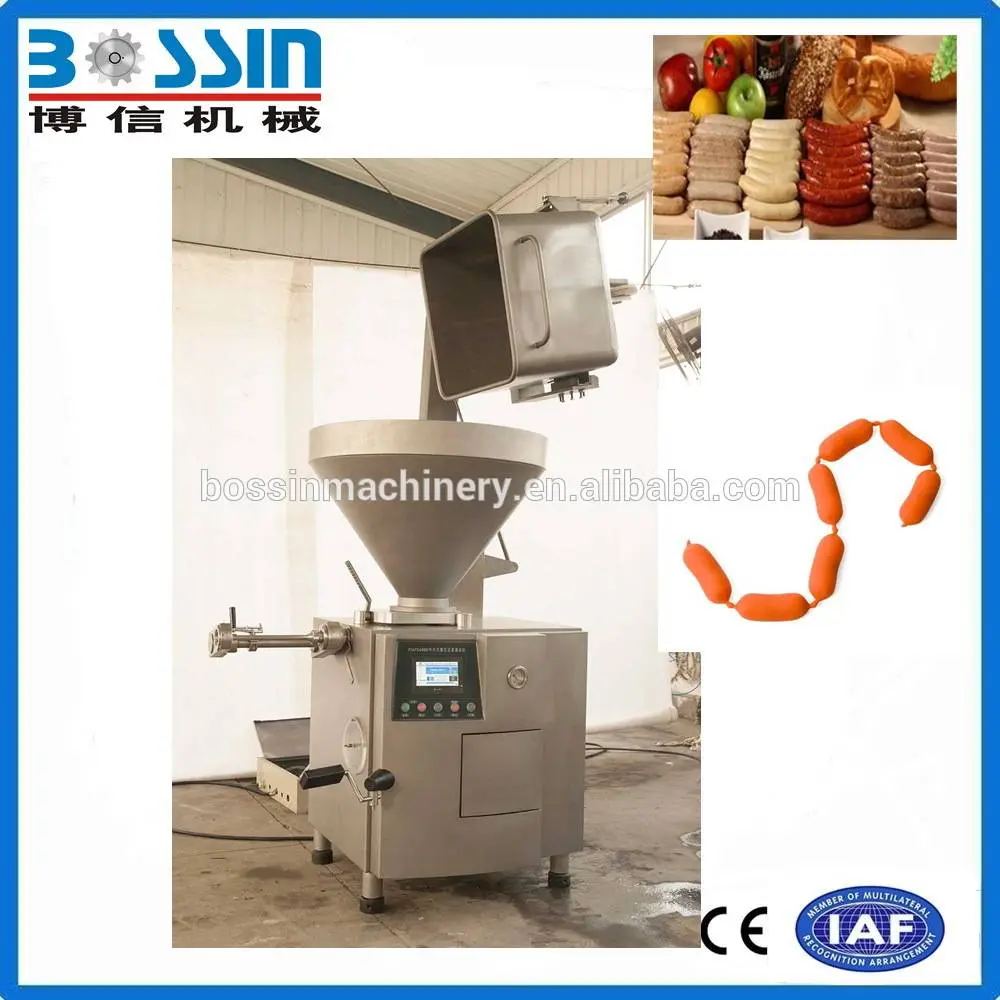
Pro . 14, 2024 15:51 Back to list
vacuum tumbler machine factory
The Evolution and Importance of Vacuum Tumbler Machines in Modern Manufacturing
In the realm of food processing and manufacturing, the vacuum tumbler machine stands out as a vital piece of equipment that enhances product quality and efficiency. These machines are primarily used in the marination, seasoning, and curing of various food items, particularly meat products. As a result, the vacuum tumbler machine factory plays a crucial role in the food industry, supporting everything from small artisanal producers to large-scale meat processing plants.
Understanding Vacuum Tumbler Technology
Vacuum tumblers operate by creating a low-pressure environment within a sealed drum. This vacuum effect significantly reduces the boiling point of water, allowing for rapid absorption of marinades or brines into the protein. The combination of vacuum and mechanical tumbling action ensures that the curing agents penetrate deeply into the meat, enhancing flavor, texture, and shelf life. This technology not only improves product quality but also increases efficiency, making it invaluable for manufacturers looking to optimize their processes.
The Manufacturing Process
In a vacuum tumbler machine factory, a sophisticated series of steps are taken to produce these essential devices. The manufacturing process typically involves precision engineering and high-quality control standards to ensure that each machine operates effectively and lasts for many years.
1. Design and Engineering The process begins with advanced design and engineering, where engineers create blueprints that account for functionality, safety, and energy efficiency.
2. Material Selection The choice of materials is critical. Stainless steel is commonly used for its durability, corrosion resistance, and ease of cleaning, which are essential in a food processing environment.
3. Fabrication The fabrication stage involves cutting, welding, and assembling components. Modern factories often utilize automated machinery to enhance precision and efficiency during this stage.
4. Quality Testing Once assembled, each vacuum tumbler is subjected to rigorous quality testing. This includes checking for vacuum integrity, functionality of mechanical parts, and overall performance.
vacuum tumbler machine factory

5. Customization Many manufacturers offer customized solutions based on specific client needs. Factors such as capacity, size, and additional features can be tailored to meet the unique requirements of different businesses.
Benefits of Using Vacuum Tumblers
For food manufacturers, the advantages of utilizing vacuum tumbler machines are manifold. Primarily, these machines significantly enhance flavor penetration and texture, allowing for products that are both delectable and consistent in quality. Additionally, the vacuum environment minimizes the risk of spoilage, extending shelf life and reducing waste—a critical factor in today's sustainability-focused market.
Moreover, vacuum tumblers can streamline production processes. By automating the brining or marinating stages, these machines free up labor resources and reduce the time needed to prepare products for further processing or packaging. This operational efficiency translates to cost savings, making vacuum tumbler machines a worthy investment for many manufacturers.
Looking Ahead Innovations in Vacuum Tumbler Technology
As the food processing industry evolves, so too does the technology behind vacuum tumblers. Innovations such as digital controls, energy-efficient designs, and even integration with smart factory systems are becoming increasingly common. These advancements not only improve usability and performance but also align with global trends towards automation and Industry 4.0.
Furthermore, as consumer preferences shift towards healthier and more sustainably sourced food products, vacuum tumbler machines are adapting by allowing the use of natural ingredients and lower sodium content in marinades without compromising on flavor.
Conclusion
In summary, vacuum tumbler machine factories are pivotal in the landscape of modern food manufacturing. They produce machines that not only enhance product quality and efficiency but also align with current market demands for sustainability and innovation. As manufacturers continue to seek ways to improve their processes and products, vacuum tumblers will undoubtedly play an integral role in shaping the future of food processing. As the industry evolves, those engaged in the production and utilization of vacuum tumblers are well-positioned to lead the way into the next era of food manufacturing.